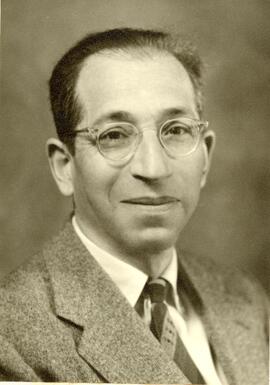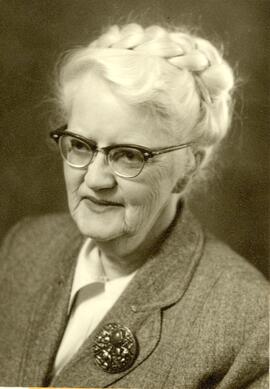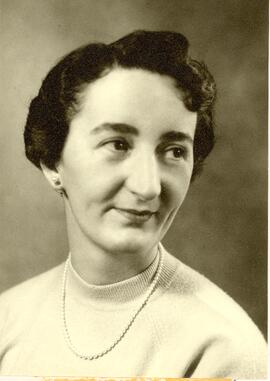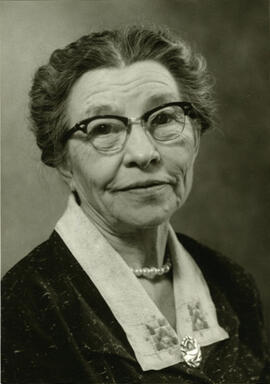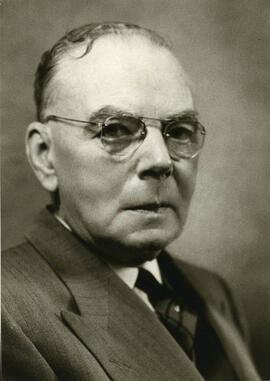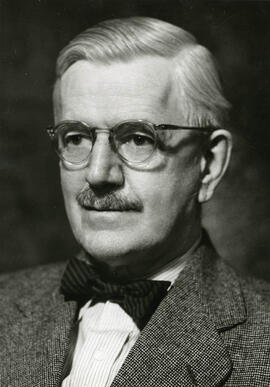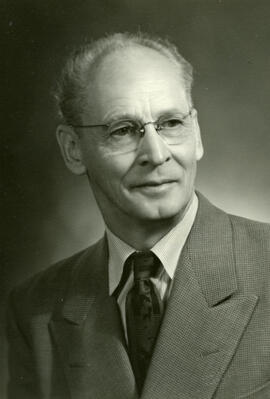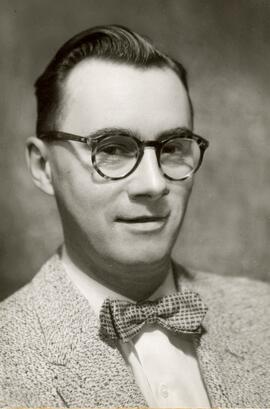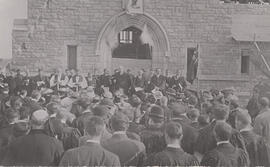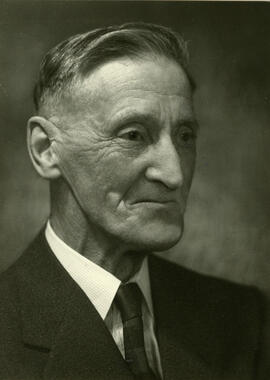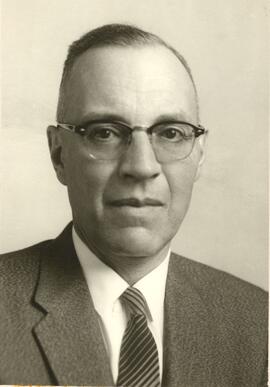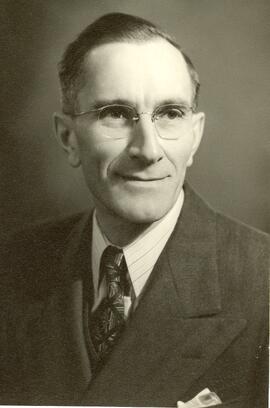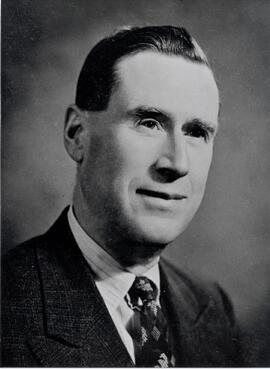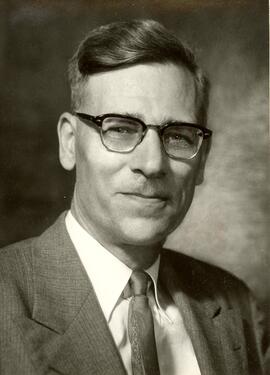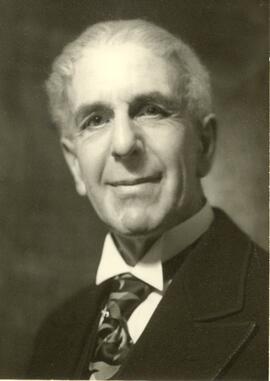- A-3258
- Stuk
- [between 1943 and 1959]
Head and shoulders image of Peter Scherk, Department of Mathematics, 1943-1959.
Bio/Historical Note: Peter Scherk was born 2 September 1910 in Berlin, Germany. He attended the Universities of Göttingen and Berlin, earning his Ph.D. in Göttingen (1935). Due to Nazi expulsion of Jews from Germany, he moved to Prague where he worked as a tutor and was an honourary visiting fellow at the German University in Prague. In 1939 Scherk moved to New York; he became an honorary research fellow at Yale in 1940, and a teaching assistant at Indiana University from 1941-1943. These first few years in North America provided irregular and low paying opportunities for Scherk. This ended in 1943 when he was offered employment as an instructor at the University of Saskatchewan. Scherk was elected to the Royal Society of Canada in 1952 and promoted to professor in 1955. He was with the department from 1943-1959, during which time he was visiting professor at the University of Pennsylvania for one year. After his stay here, he moved to the University of Toronto as a professor from 1959-1976, after which he retired. He continued however to teach part-time for several more years. Scherk's main research was on differential geometry, but he also researched algebra and number theory. He published over sixty research papers, and supervised the doctoral theses of four students. He put even greater effort into his research after retirement and was in the midst of three papers when he died. Scherk had a considerable impact on the research level in Canada. He was editor-in-chief of Canada's first mathematical research journal (Canadian Journal of Mathematics) and established a second journal (Canadian Mathematical Bulletin) which he was also editor. Scherk died on 6 June 1985.

